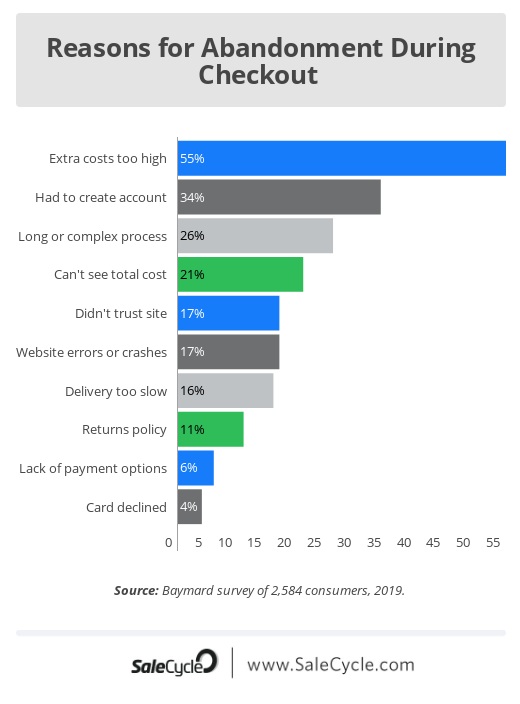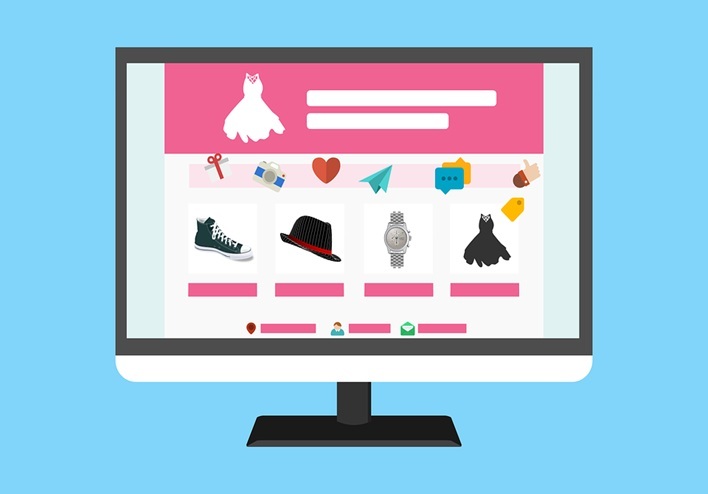We live in an age of convenience, and few things are more convenient for the consumer than the multi-vendor marketplace. Right now, multi-vendor marketplaces are emerging everywhere, with new ideas and new platforms popping up all the time.
Slick, fast, reliable, and you only have to input your data once – from the consumer’s point of view, multi-vendor marketplaces are perfect.
From the vendor’s point of view, it’s a bit different. You want your products to be displayed to their best advantage. You want your branding and your brand presence to be consistent. You want a certain amount of integrity. You want to build loyalty. Hopping onto a multi-vendor marketing platform can feel like sacrificing all of this.
But it doesn’t have to. It’s great to have your own, well-designed, perfectly curated ecommerce site, but you’re doing yourself a disservice if you’re relying solely on your own site to bring in conversions.
The hard truth is this: unless they’re deeply engaged with your brand, customers often can’t be bothered to create an account on your own personal platform. They are sick of filling out forms, they are deeply concerned about ecommerce security, and they don’t want to sign in every time they want to re-order your product.
If you don’t have a presence on a multi-vendor marketing platform, you will lose sales. What’s more, you won’t benefit from the advantages that the multi-vendor marketplace has to offer.
Remember, jumping onto a marketplace doesn’t mean you have to sacrifice your own ecommerce platform – it just gives you an extra string to your bow.
Still not sure? Let’s break multi-vendor marketplaces down for you:
What is a multi-vendor marketplace?
Think of a multi-vendor marketplace as like an online department store. It’s a platform through which different vendors can distribute their products/services, all in one place.

Different vendors distinguish themselves through things like digital signage and clever SEO. Revenue is distributed to the relevant vendor following purchase. But from the point of view of the customer, everything is done via one platform.
Amazon, eBay, and Etsy are classic examples of multi-vendor marketplaces. Individual vendors can list their products/services on the platform and will get the revenue paid directly to them (after costs), but all the ecommerce processes are handled by the marketplace platform itself. For example, Amazon does not take you to the individual vendor’s site to process your transaction – it handles the checkout process itself.
What are the benefits of a multi-vendor marketplace?

Consumers and vendors alike love multi-vendor marketplaces for a variety of reasons:
- It’s rich in technology: a good multi-vendor marketplace will provide more tech than you could manage on your own. For example, their checkouts will be fast, secure, and fully optimized. They’ll have a slick app, strong multicloud or hybrid cloud architecture, a large online presence, dedicated support teams, and so on. All of these advantages become yours when you join.
- They have a great user experience: good multi-vendor marketplaces are fast, intuitive, and supportive. This gives a great customer experience and keeps consumers coming back.
- Everything can be done from just one account: ask customers what their ecommerce frustrations are, and having to create new accounts in every online store comes near the top. It’s frustrating to have to enter your info over and over again. With a multi-vendor marketplace, customers only have to create one account to shop for everything they need.
- Customers increasingly prefer trusted multi-vendor sites over niche, independent websites: that is as much a matter of ease as it is of preference – it’s much easier to find what you’re looking for on a site that you know, that you already have an account with, and that lets you order what you want in a single click than it is to track that product down through the web.
- Customers trust multi-vendor marketplaces: the days when people would click and convert on random adverts that popped up on Facebook are gone. You can have the best ad copy in the world, but many consumers will still head to (for example) Amazon in order to search for your product and read the reviews before purchasing. If they can’t find reviews on a known and trusted multi-vendor site, you’ll lose leads.
- It increases the conversion rate: all in all, less customer frustration means more sales. Most vendors find that their average ecommerce conversion rates rise when they join a good multi-vendor marketplace.

Of course, it’s not all rainbows and sunshine. There are disadvantages to everything, including multi-vendor marketplaces. You should consider these carefully before setting out your stall.
What are the drawbacks of a multi-vendor marketplace?
Everything in business involves compromise, but joining a multi-vendor marketplace may involve more compromise than you’re comfortable with. Consider the following before taking the plunge:
- You can’t always do things your way: depending on the model of multi-vendor marketplace you use, you may have to compromise on certain things. For example, you may find that you have to display your products in a way that suits the platform but which may not show them to their best advantage.
- You might have to change your business model: for example, to meet multi-vendor marketing demand, you may need to go wholesale. What is wholesale? Well, rather than making products to meet direct consumer demand, wholesale involves manufacturing in bulk and delivering to a fulfillment warehouse so that demand can be met at speed whenever it occurs.
Amazon, for example, strongly encourages retailers to go wholesale. However, it’s not always viable for smaller businesses to opt for a wholesale model, as it involves a lot of upfront cost for uncertain rewards.
- Certain products/services may not be allowed: it’s not uncommon for multi-vendor marketing platforms to have strict site rules (not allowing the sale of risque or controversial products is a common one). You may find this limiting.
- Data analysis can be more complex: for example, mapping a digital customer journey is harder when your customers interact with your products via a third party (e.g., the multi-vendor platform). A good multi-vendor marketing platform will give you decent analytics options, but you may still have to dig a lot deeper to find relevant insights into your customer behavior data.
What to look for in a multi-vendor marketplace
You can offset a lot of the disadvantages of a multi-vendor marketplace by being clever about the marketplace you choose. Here are some things to consider before taking the plunge:
- Does it fit your niche? If you’re on point with your marketing, you’ll know your market niche, target audience, and so on. Make sure that your marketplace fits that profile.
For example, if you are targeting a socially-conscious audience who avoid giving trade to Bezos, Amazon is probably not the platform for you – but Etsy might suit. On the other hand, if your customers like speed and convenience above all else, Amazon or eBay are probably the way forward.
- Does it fit your business model? As mentioned above, if you craft individualized pieces and the marketplace prefers you to deliver wholesale, something like Amazon is probably not for you. Look for something that can let you fulfill your orders and follow your business model in a way that works for you.
- What is the customer service like? This is as relevant for you as it is for the consumer. As a vendor, you need to feel supported and listened to.
For example, some multi-vendor marketplaces offer things like a regular free online conference, and dedicated helplines for their vendors, while others leave their vendors to work things out their own way. If you prefer to be more independent, choose a marketplace that’s less hands-on. If you need the support, look for a marketplace that provides it.
- Is it worth the money? Multi-vendor marketing platforms provide a lot of advantages – but they don’t do so for free. They will take a cut to cover their costs. Look into the potential ROI of any multi-vendor marketing platform, and be realistic about your prospects. You don’t want to end up spending more on a subscription than you gain in sales.
- Where are your competitors? Sometimes, it’s a good move to set yourself up on the same platform as your competitors. Sometimes, it’s not. Your market research will tell you what’s a good strategy for you – but it’s definitely worth looking into before you click that sign-up button.
Multi-vendor marketplaces are the future

For trust, security, and ease of purchase, you can’t beat a multi-vendor marketplace. While you might need to make some compromises when posting your products, we think that the advantages far outweigh these issues – especially if you choose your marketplace carefully.
In the years to come, it’s likely that multi-vendor marketplaces will only rise in popularity, so we recommend taking the jump now in order to stay ahead of the curve.
Of course, if you can’t find the perfect multi-vendor marketplace for you – you can always build your own! Who knows? Your platform could be just what vendors and customers are looking for.
Source link



